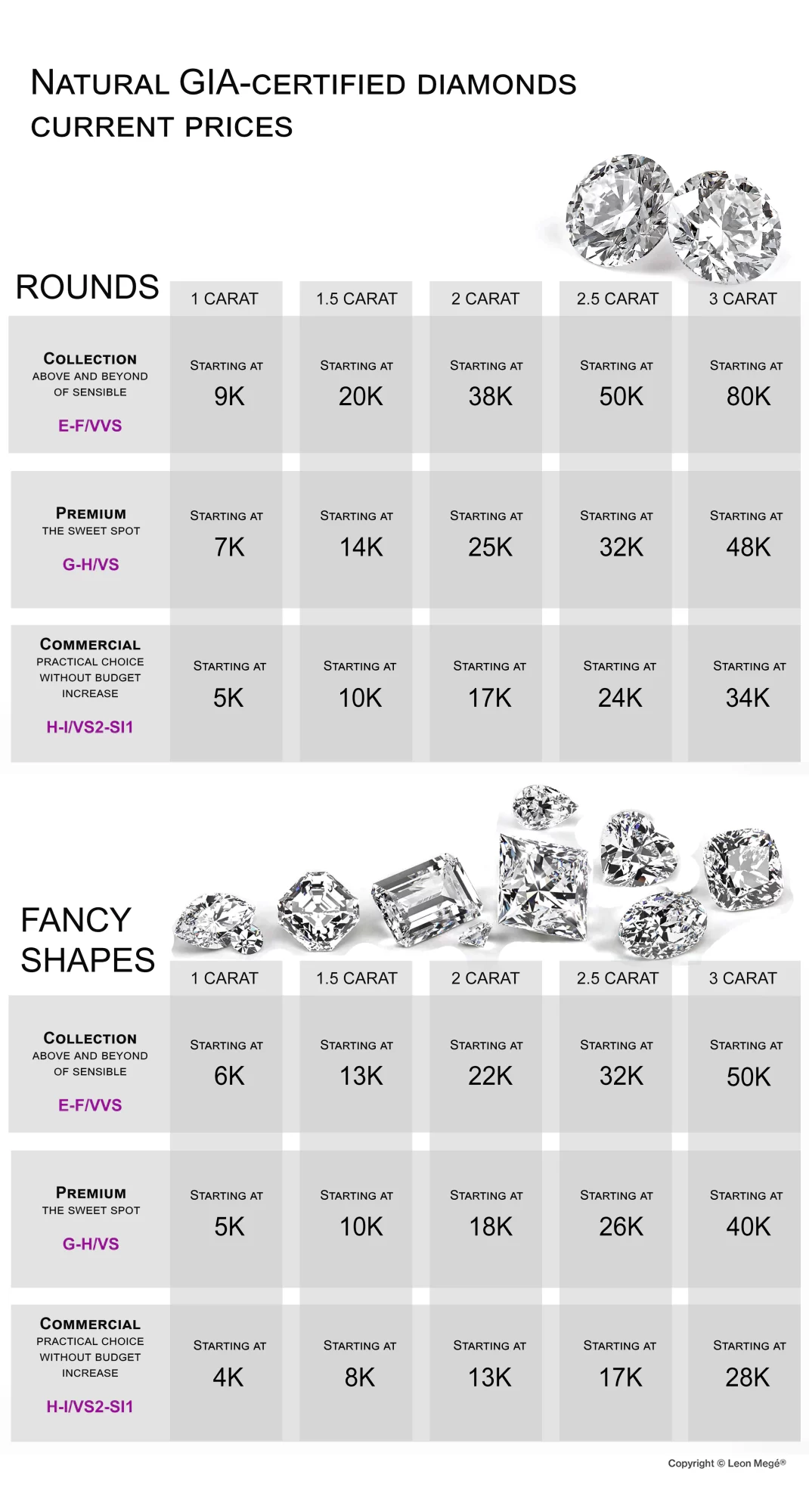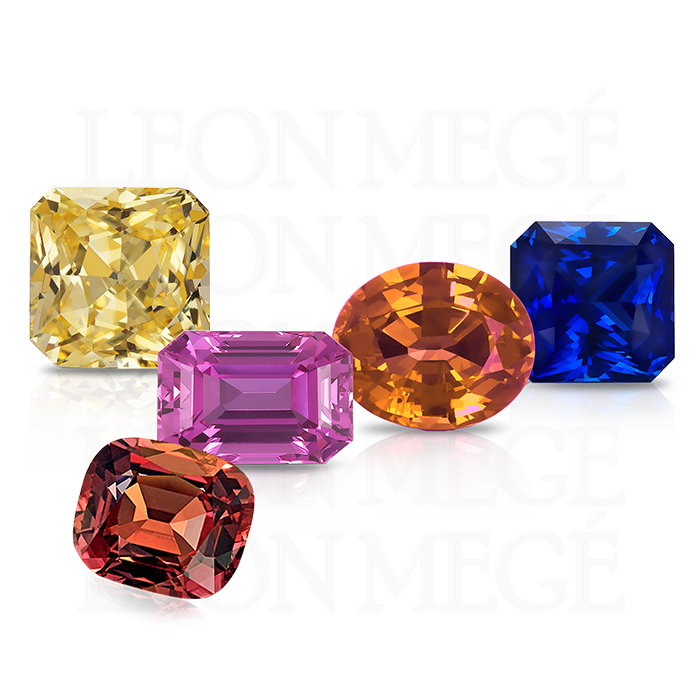
Colorful corundum
Corundum crystals are called sapphires, except for the red variety called ruby. Blue sapphires owe their color to traces of iron contaminating the crystals. They are the best-known and some of the most coveted precious gemstones. Sapphires come in a rainbow of colors: pink, orange, yellow, purple, green, and black. The word Sapphire comes from the Latin “sapphirus,” which Romans used for lapis lazuli, a blue marble-like gemstone. Fancy-colored sapphires have their name preceded by a specific hue, for example, “yellow sapphire.” Traditionally, the word “sapphire” alone refers to a blue variety.
Corundum is the scientific name of the mineral.
Mohs’ Hardness: 9
Specific Gravity: 3.95-4.00 Sapphire
Chemical Composition: Al₂O₃ aluminum oxide
Refractive Index: 1.762–1.774 (0.008) Uniaxial negative
Crystal System: Hexagonal (trigonal); dipyramidal structure, barrel-shaped, tabloid-shaped
Sapphires are rare and popular
Natural sapphires and rubies are much rarer than diamonds. There are only a few locations that produce gem-quality sapphires. Unlike diamonds found virtually everywhere, the finest sapphires are found only in a few locations along the narrow crescent-shaped corridor stretched between modern-day’s Tajikistan and Nigeria.
The right conditions for sapphire formation occurred at 6 to 18 miles depths where corundum crystals grew out of cooling molten rocks and were carried to the surface by erupting volcanos. It happened roughly 150 to 200 million years ago in a single area of prehistoric landmass called Gondwanaland, eventually torn apart by continental drift. This split sapphire-rich regions between the Indian subcontinent, Sri Lanka, Madagascar, and Africa, where the top-grade sapphires are found today.
Sapphires are on the rise due to the following:
- Improvements in their identification and grading
- Dwindling supplies of rough
- Political and military instability in regions producing the best stones
- The rise of Asian markets where sapphires are historically more popular
- Eroding diamond prestige
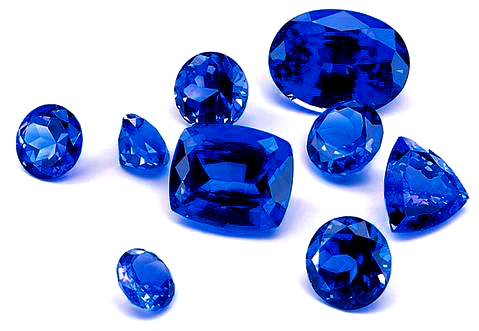
Sapphire value by location
- Kashmir
- Burma (Myanmar)
- Sri Lanka (Ceylon)
- Madagascar
- Tanzania
- Tajikistan/Afghanistan
- Montana
- Thailand
- Vietnam
- Australia
Most valuable sapphires
The most valuable sapphires are naturally occurring varieties with no signs of artificial treatment. Sapphire origin has the most significant influence on price, more than the color grade. Each locale produces a distinct type of stone whose origin can be determined by its chemistry, inclusions, and hue. The scarcity of stones from a specific region means the price of the old material is not affected by new production at other locations. Sapphire’s essential properties are the color strength, color saturation, and purity of its dominant hue. Blue is the most desirable sapphire color; the top grades are “Royal Blue” and “Cornflower Blue.” The Padparadscha is an extremely rare sapphire color. It has a mix of pink and orange hues. Other valuable sapphire hues are pink, purple, orange, and yellow. Brown, green, and colorless sapphires are the least desirable.
The finest blue sapphires hail from Kashmir, the place serenaded in Led Zeppelin’s hit song. The mine is long exhausted from centuries of digging, so Kashmirs on the market come from vintage pieces and are sold at auctions. Burmese sapphires are next on the list. All of the finest Burmese material in the world comes from a single mine that goes hundreds of feet deep and makes a weird curve underground. Another mine produces material that has to be enhanced by heating. The finest specimens from Sri Lanka (Ceylon) are also extremely valuable. Less desirable blue sapphires come from Madagascar, Afghanistan, Tajikistan, Kenya, Tanzania, Mozambique, and Thailand.
Collectors value pastel-colored Montana sapphires for their origin despite the drab appearance and bleak hues. The rest of the world – Nigeria, Australia, Vietnam, Laos, Pakistan, Brazil, and Colombia produce an occasional gem, but mostly low-grade junk used in cheap jewelry.

Padparadscha Sapphires
Peachy-orange sapphires with creamy pink overtones are precious and extremely rare. They are only found in a few places around the world, including Sri Lanka, Madagascar, and Tanzania. The word itself comes from Sanskrit and refers to the color of a lotus flower. The color, caused by the presence of traces of iron and chromium, is poetically described as amber, salmon, beer, and pink roses all in one.
Kashmir sapphires
Kashmir is the finest variety of blue sapphires valued for their scarcity, deep hue, and velvety texture. The Kashmir sapphires originate from Kashmir Valley mines in Indian-administered Jammu and Kashmir. They were found in the 18th century but were depleted in the early 19th century.
The Kashmir sapphires make regular appearances at the auctions such as Christy’s and Sotheby’s, where they command astronomical prices. Kashmir sapphires are also found in museum collections.
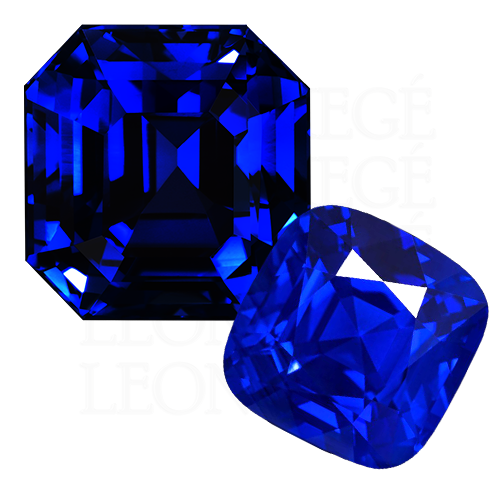
Montana sapphires
Montana’s native Yogo sapphire was accidentally discovered by a gold miner in the 1890s. Let’s face it these sapphires are not the prettiest ones. They would be thrown out with waste soil at any mine in Asia. But in the US, they ride on the wave of patriotism and sleek marketing. Montana’s sapphire production is minuscule compared to other sapphire-producing countries. The Montana sapphires are available in a kaleidoscope of hues, ranging from deep blues to vibrant greens, rich yellows, and breathtaking bi-colors. Most of the Montana sapphires come in pale pastel colors and inky hues. Yogo sapphire’s origin can be considered igneous, unlike most sapphires that are a product of metamorphic formation. They have unique inclusions and distinct trace elements, making them readily distinguishable from sapphires mined at other locations. The Phillipsburg mines are open to the public, and you can try your luck looking for stones after paying an exorbitant entrance fee.
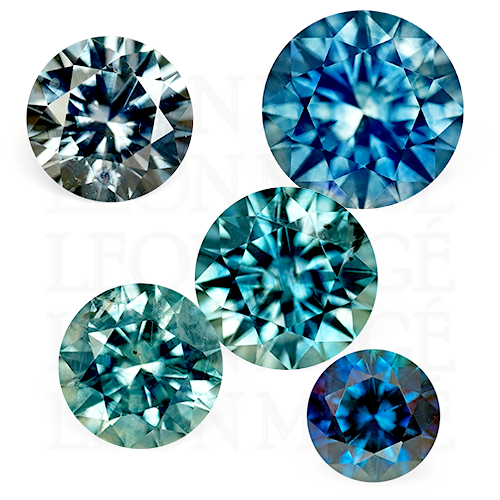
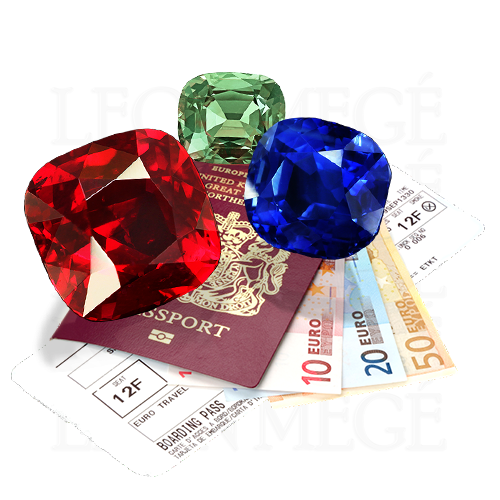
How the sapphire origin is determined
Gemstones from certain locations command premium prices because they have a particularly beautiful and unique appearance. Inclusions are among the most important clues in determining a country of origin. There are unique types of inclusions found at specific localities. For example, pargasite or tourmaline crystals have only been identified in Kashmir sapphires. Uranpyrochlore inclusions are found only in Cambodian or Vietnamese material. Kashmir’s “silk” is tiny needle-like inclusions suspended throughout the crystal, scattering the light and giving the stone a soft, velvety appearance.
Fluorescence can be helpful. Sapphires from Sri Lanka exhibit fluorescence with greater regularity than other sapphires. Its presence points toward its origin. Growth patterns and color zoning are additional clues. Whether the rough crystals are rounded or sharp is more typical in some locations but not others. Kashmir sapphires exhibit sharp-bordered zones of blue and milky white. Madagascar’s Antsiranana sapphires often display blue-violet, greenish-blue, and greenish-yellow color zones. Spectrophotometry and energy-dispersive X-ray fluorescence can detect a unique chemical growth mix indicating a specific deposit. Kashmir’s iron level is typically low, but Cambodian sapphires often show very high iron concentrations.
Phenomenal sapphires
Phenomenal sapphires are valued on the phenomena’ prominence rather than the strength of the dominant color.
- Color-change stones – typically blue to green or blue to purple
- Stones with asterism (star sapphires)
- Gems with chatoyancy (cat’s eye)
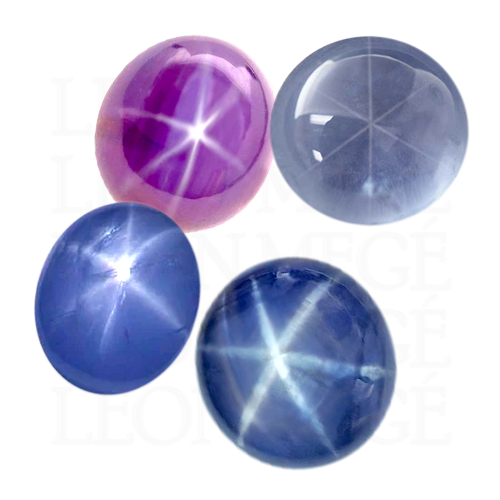
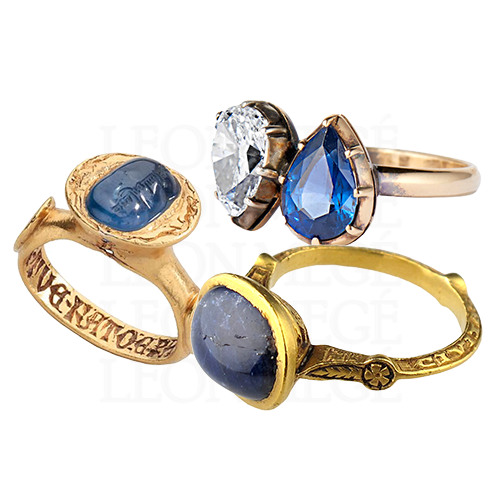
Sapphire lore
Sapphires were known to the Etruscans at least seven centuries before Jesus. In the 13th century, Marco Polo described sapphires in great detail in his “Book of Marvels” while visiting the Island of Serendib (Sri Lanka). Sapphire was a favorite gem of medieval royalty who believed a sapphire could protect them from harm, envy, and uprising.
By the Renaissance, sapphires were coveted by the wealthy and influential for their ability to prevent poverty and increase one’s IQ. It is September’s birthstone and commemorates the 5th and 45th anniversary. For several reasons, sapphires are on the rise today.
- Modern identification and grading are greatly improved
- Dwindling supplies of rough and lack of discoveries
- Political and military instability choke the supply
- The rise of Asian markets where sapphires are historically more popular
- Eroding diamond prestige
- TikTok generation craves color
Sapphire engagement rings
As soon as sepia-colored Dorothy crash-landed into Munchkinland’s Technicolor, diamond reign began to crumble. The age of monochrome photos and black-and-white movies gave way to the world of brilliant colors on-screen, in life, and jewelry. Princess Diana’s sapphire engagement ring (later re-gifted to Kate Middleton) was a turning point for sapphire acceptance as a legitimate diamond replacement for engagement. As a result, it took a tremendous marketing effort by DeBeers to prevent diamonds’ popularity from crashing. While sapphires are extremely hard, they are less durable than diamonds and most likely will get scratched and chipped over time. Sapphire can be repolished to regain a brand-new look. A halo or a diamond cluster can protect a sapphire set in a ring. Cabochons are a safe bet for those less protective of their jewelry.
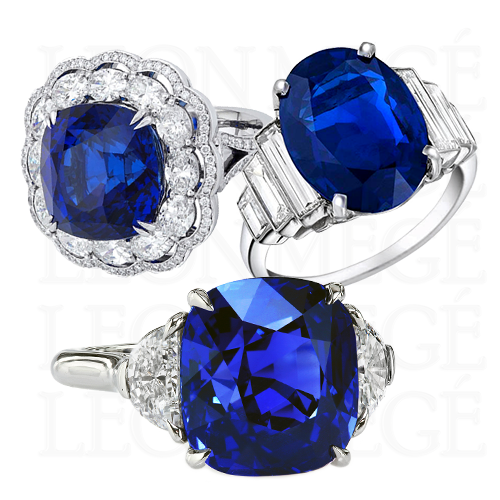
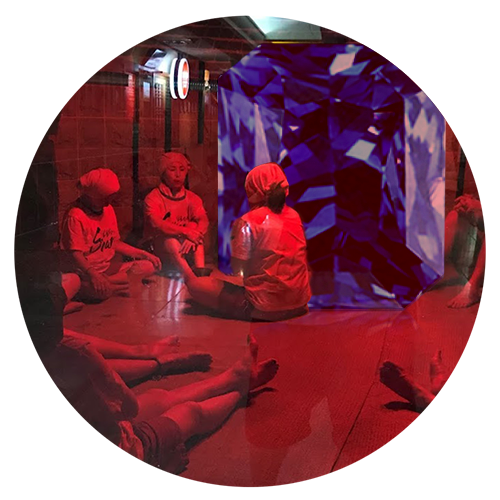
Treatments and enchancements
Only a handful of mines worldwide produce sapphires of striking color and clarity that need not be treated. These gemstones are rare and usually certified by a gem lab to have natural color. Turning translucent colorless pebbles into sapphires using heat is an ancient practice widely accepted as non-detrimental to the stone’s nature. However, the heating temperatures and the potential use of additives dramatically affect the stone’s value. Briefly subjecting a sapphire to mild heat to dissolve and reconstitute rutile inclusions is common. In fact, most world’s sapphires are treated with moderate heat, not affecting their crystal structure. In nature, a forest fire or volcanic activity can have a similar effect. Sapphire’s color after heat treatment is permanent, irreversible, and not considered artificial.
It is impossible to identify a treatment by looking at the stone. Experienced dealers are able to distinguish slight color variations to form an opinion, which is nothing more than an educated guess. In general heated and natural stones have exact same luster and brilliance. Only color zoning is a dead giveaway that the stone is unheated.
A reputable gem lab certificate is the best way to learn about potential treatments. A certificate from a gem lab such as Gubelin, AGL, GRS, or SSEF should accompany any valuable sapphire.
Clarity or color enhancement by heat is categorized into the following grades:
– H – Enhanced by heat (no residues present)
– H(a) – Enhanced by heat – insignificant residues within fissures only.
– H(b) – Enhanced by heat – minor residues within fissures only
– H(c) – Transitional grade between H(b) and H(d). Residues of glass-like materials are present in cavities and/or in fissures. – H(d) – significant and deep-reaching residues present within fissures and cavities filled with lead glass (also known as “Composite Ruby”)
– H(Be) – Enhanced by heat and light elements (such as beryllium).
– PHT (HPHT) – Enhanced by pressure and high temperature (PHT).
– E – minor residues of foreign solid materials may be present within fissures and/or cavities.
Low-grade sapphires are heated to induce better color and improve clarity.
Flux treatment
Heavily included material can be heated several times in the presence of fluxing agents – borax, sodium carbonate, and sodium silicate. The chemicals do not alter the stone chemistry but interact with inclusions in the crystal, improving clarity and color. A good example is the Geuda from Sri Lanka which looks like a piece of dirty marble when it comes from the ground but turns clear and blue after the treatment.
Surface diffusion
Coating colorless sapphires with titanium before subjecting them to a very high temperature produces an intense blue color. The penetration is usually shallow, and the stone cannot be recut without losing color. This treatment is mainly used on faceted stones.
Lattice or bulk diffusion is induced by low heat in the atmosphere of beryllium vapors produced by adding natural chrysoberyl to the crucible. Light yellow or pink sapphires s infused with beryllium turn into padparadschas. Diffusion treatment is not an acceptable enhancement.
Low-pressure heating
HT+P sapphires are heated at high temperatures under low pressure. As a result, these stones have durability issues. They require separate disclosure under the category of HP. The treatment must be disclosed to consumers using clear language, for example, “sapphire treated with heat and pressure.”
Any naturally occurring red corundum is called a ruby. What is called a red sapphire is a colorless corundum (leucosapphire) infused with beryllium, turning red under intense heat and pressure.

